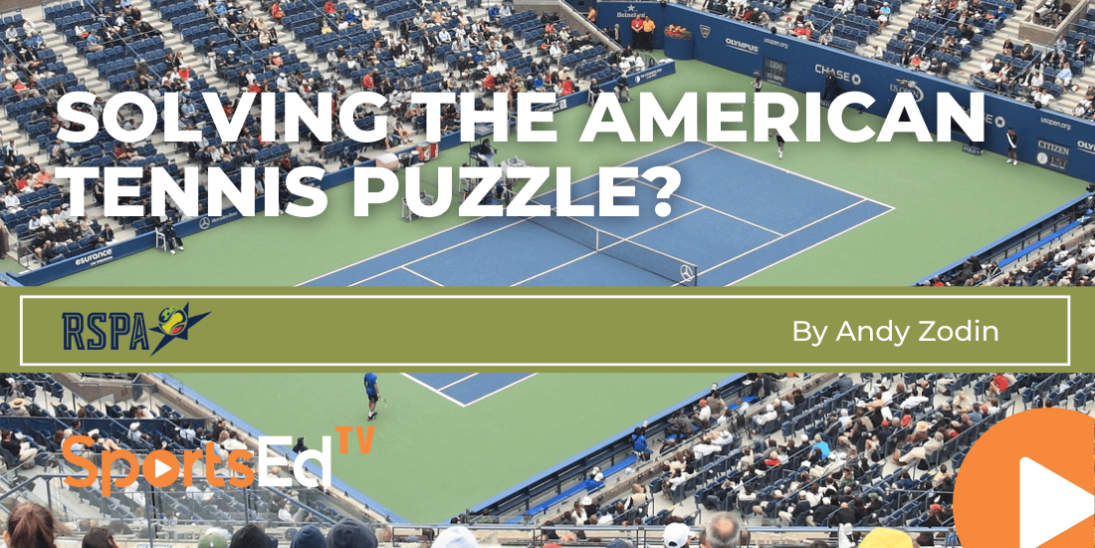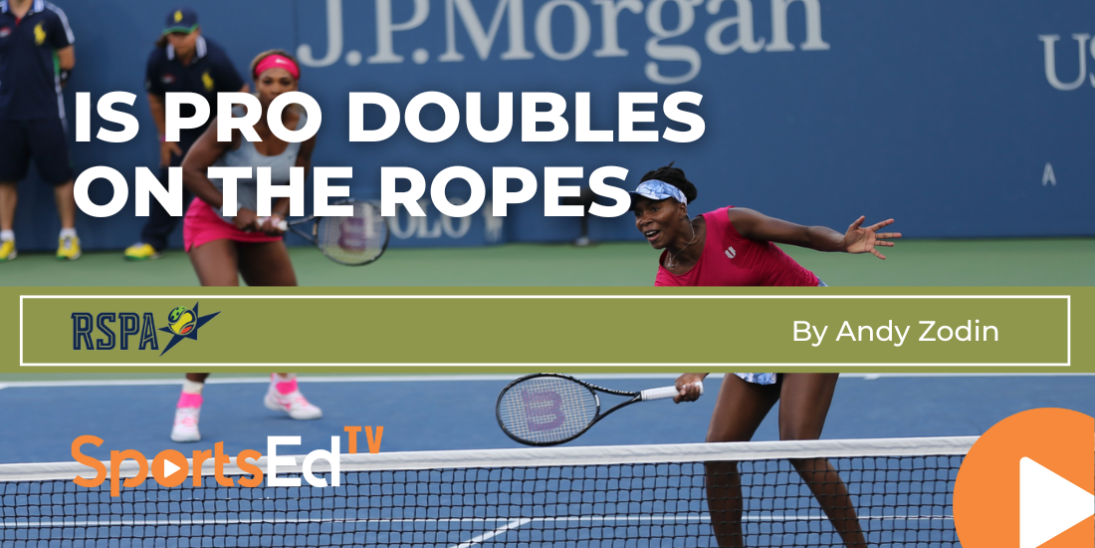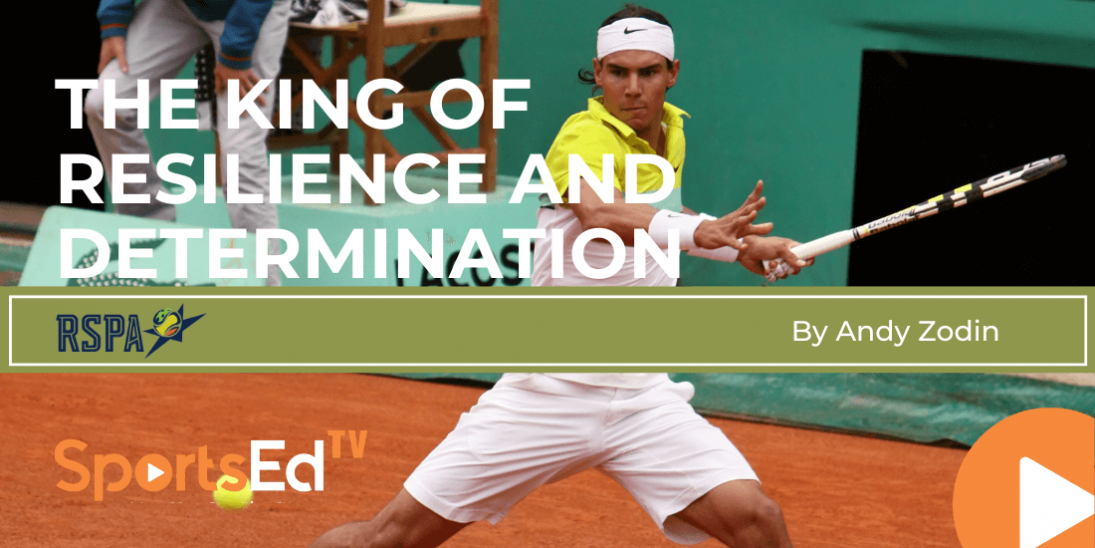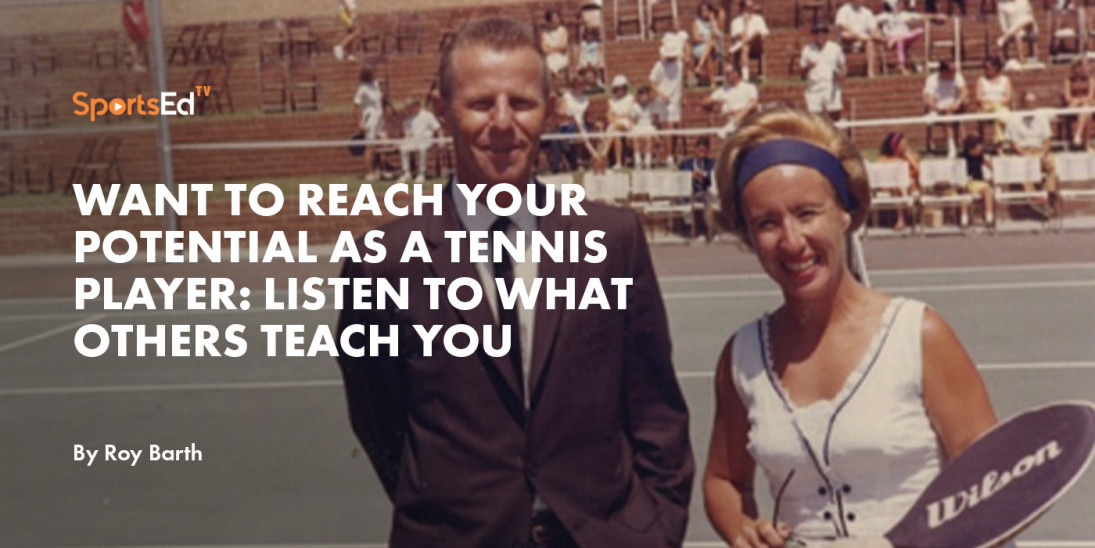Tennis
Welcome and thanks for visiting...

Where Do We Stand On Coaching Tennis From The Stands?

In our most recent episode of KickServeRadio.com, we highlighted the recent pairing of player Elena Rybakina with coach Goran Ivanisevic, and I posed the question to Mats Wilander: "Is this a relationship that will produce success for the two former Wimbledon champions?" This discussion led to a bigger question concerning the relatively recent advent of coaching from the stands in professional tennis.
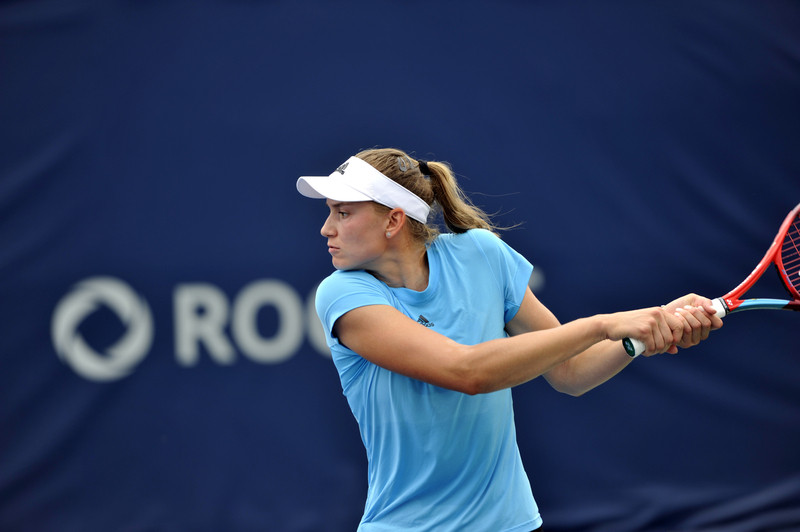
Traditionally, tennis has been regarded as a solitary sport, with players expected to navigate their own strategies and overcome challenges during the match without real-time input from their coaches. However, recent policy changes by the ATP and WTA have started to reshape this dynamic. The WTA initiated on-court coaching trials as early as 2008, and by 2020, they began allowing limited coaching from the stands. The ATP followed suit in 2022, allowing in-match coaching from the designated seating area as long as it didn’t disrupt the opponent or the game's flow.
This shift raises the question: Do players really want strategic instruction yelled down to them while they’re battling it out on the court?
Mixed Reactions from Players
From what I've observed, opinions vary widely. Coco Gauff, for instance, seemed unnerved by Brad Gilbert’s overzealous communication from the stands during the US Open. For her, the well-intended instruction became a distraction. Danielle Collins, on the other hand, was outwardly frustrated and vocal when her coaching box was quieter than she wanted. And then there's Nick Kyrgios, who, during his lone major singles final against Novak Djokovic at Wimbledon in 2022, repeatedly directed his intense frustrations toward his box as if they were the ones responsible for his outcome.
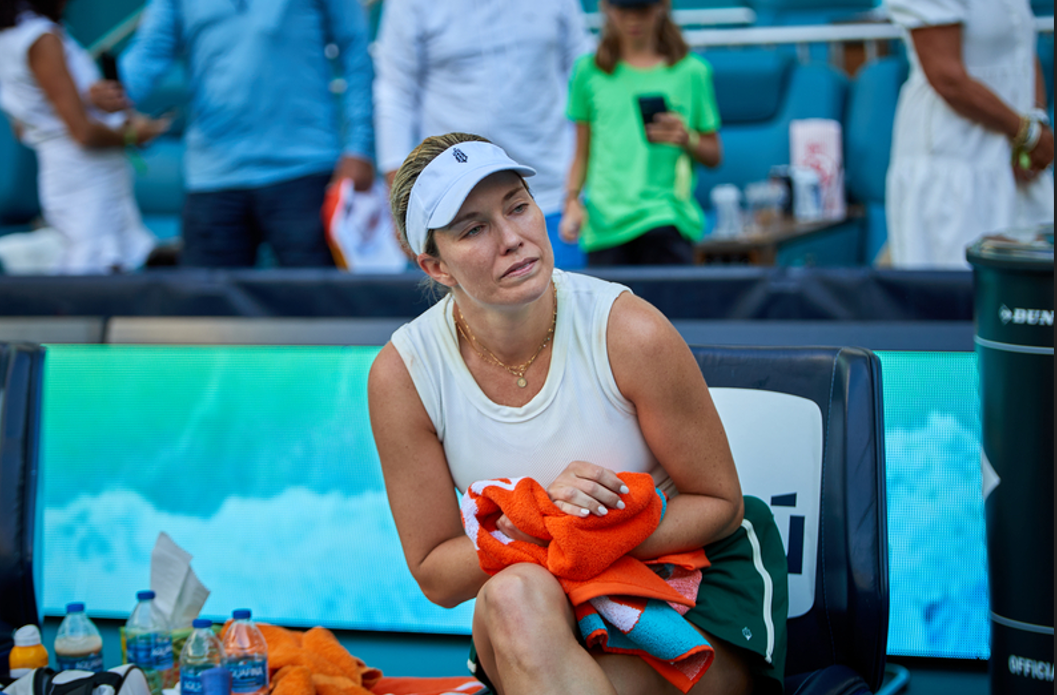
Mats Wilander shared his take: "It's very case by case, even match by match, regarding the effectiveness of the new coaching rules. Some players need very little during a match and prefer the coaching to be about preparation. Others need reassurance if not downright cheerleading."
A Case for Court-Side Coaching
If coaching is here to stay, there might be a better approach. I chime in with this: "If we're going to allow coaching during matches, put coaches on the court, like in Davis Cup, Billie Jean King Cup, or even Laver Cup. Keep the conversation between player and coach in a more confined space. This way, the coach can get a better sense of their player's momentary mindset and thus be more accurate with their delivery. Do I give my player a lot right now on this changeover, or do I just shut up and let them figure it out?"
With my tennis background, I personally lean towards a "less is more" approach, preferring to problem-solve on my own but appreciating the comfort of consulting with a coach when I choose to. Being yelled at from afar with instructions might be acceptable depending on the delivery, but just like in life, I like having the right of first refusal when it comes to solving my own problems. If that doesn't seem to be getting the job done, then it's reassuring to be able to bounce questions off a coach I respect.
My suspicion is that I'm not alone, but I also assume there are others who love to be given the roadmap, and then they drive the car fast toward the final destination. If I were out there playing with the big boys, the quiet but high-IQ approaches of Paul Annacone and Darren Cahill would be my choice. The more vociferous and encouraging styles of Philip Farmer and Craig Kardon definitely work, too, and many of their players love that approach. That's the beauty of this question: there are no wrong or right answers, just results followed by more trips back and forth from the drawing board.
Where Do We Go From Here?
Coaching in professional tennis is evolving, but it’s clear that there’s no one-size-fits-all solution. Whether you’re a player who prefers to strategize solo or one who thrives on input from the sidelines, finding the right balance between autonomy and guidance is key. The sport may need to keep experimenting with how and when coaching occurs, especially if it wants to preserve tennis as a unique test of both physical and mental endurance.




